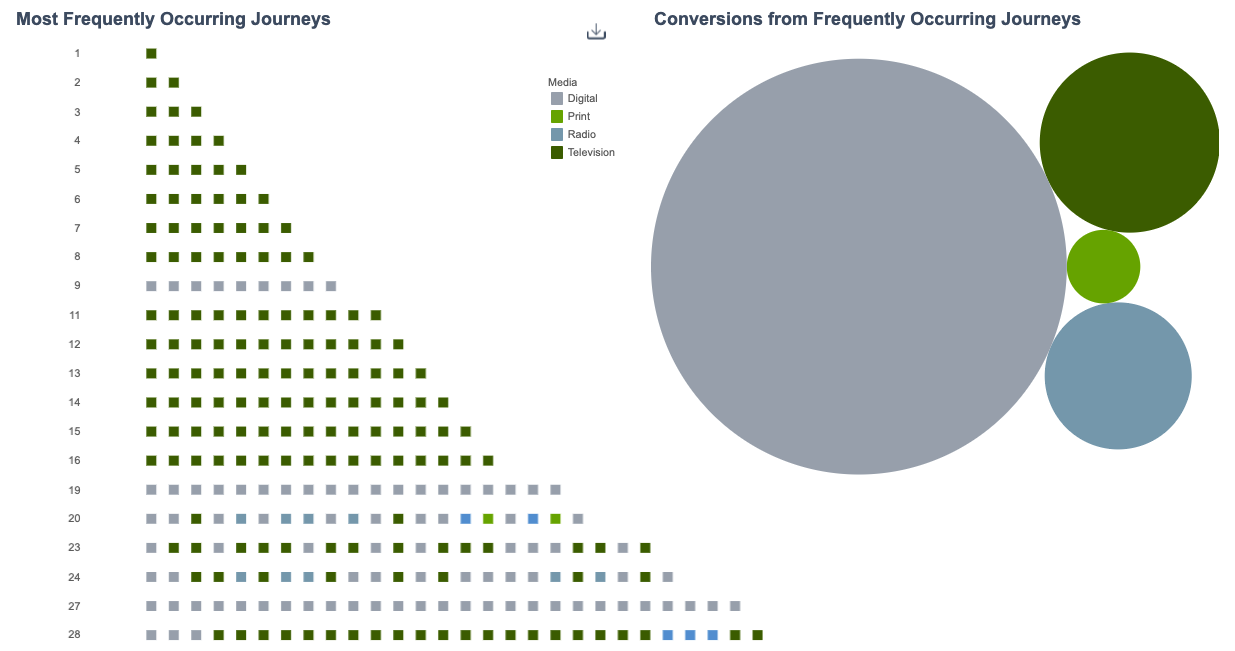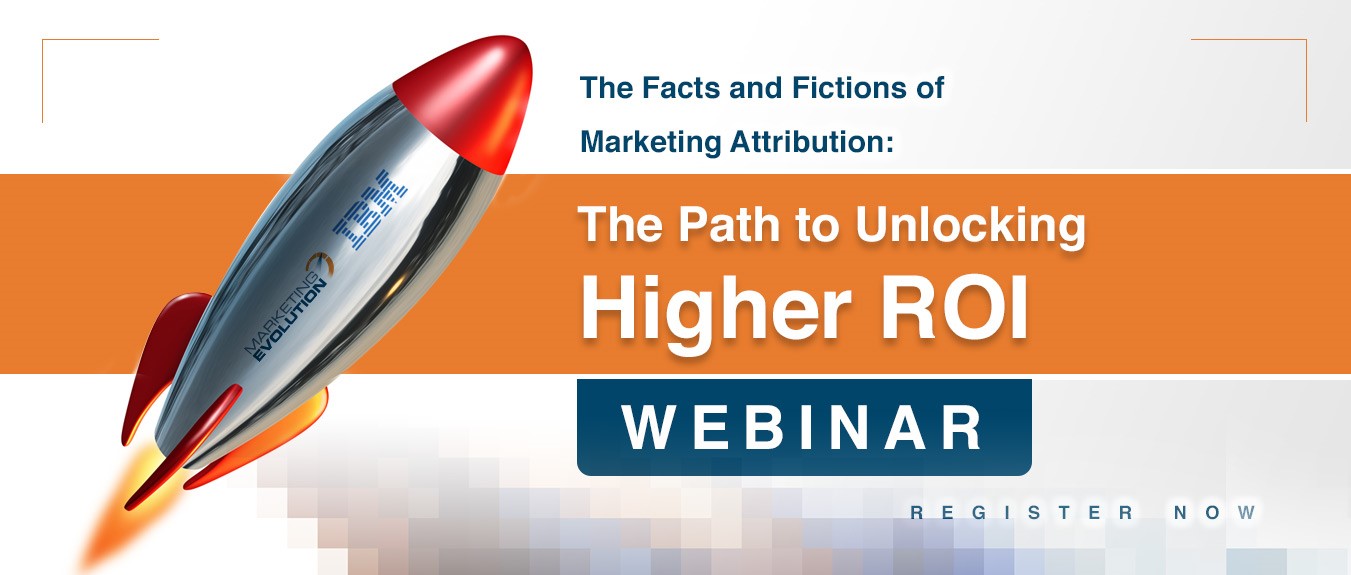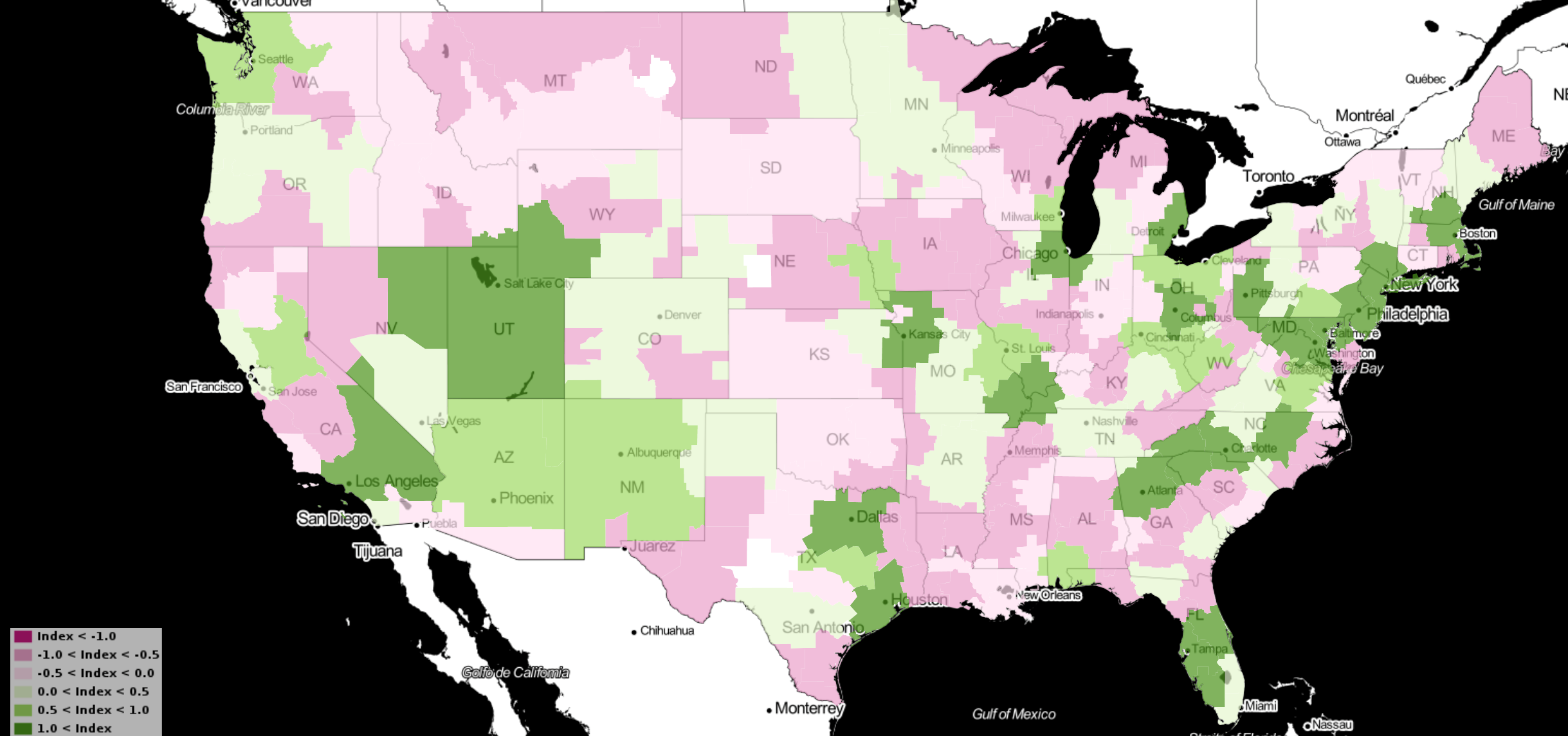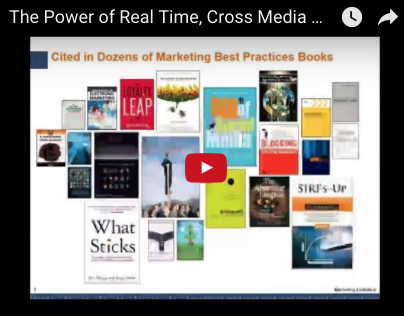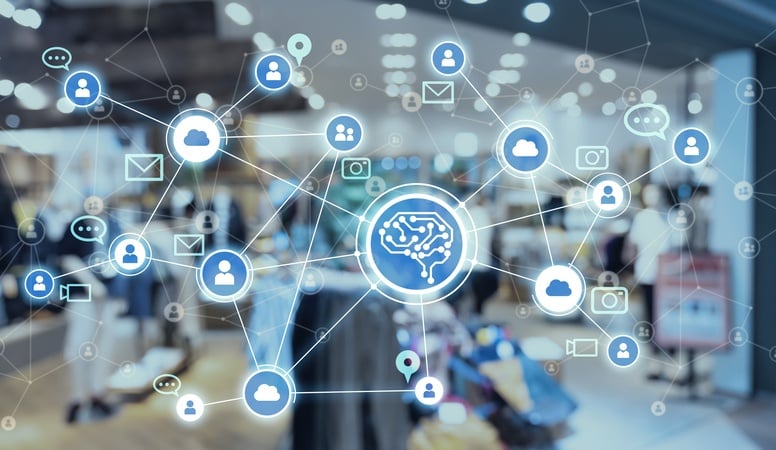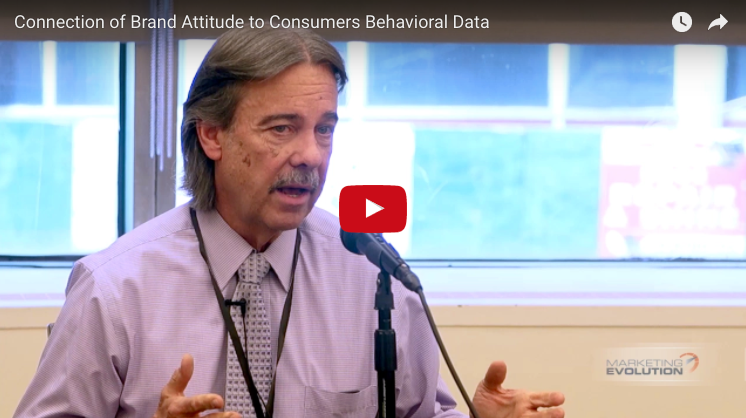The Modern Marketer's Dictionary: The Customer Journey
Learn how Regions Bank Perfected their customer journey
Marketing strategies are constantly changing. For years, mediums such as print, broadcast, and especially television were king. As there were a limited number of publications, stations, and channels, marketers would create broadly appealing ads that aimed to speak to a mass audience.
Today, of course, digital marketing has taken over. Marketers now rely heavily on social media, SEO, content creation, paid search, and more to reach their audience.
Event amidst all of this change and transition, there are certain marketing concepts that remain constant, such as the customer journey.
The Constant of the Customer Journey
The customer journey is a constant consideration for marketers, whether running campaigns offline, online, or in an integrated, omnichannel fashion.
In our Marketing Dictionary, we define the customer journey as:
“The multiple online and offline touchpoints that determine how a consumer comes into contact with a brand, seeks more information and makes a purchase decision. Successful brands focus on developing a seamless journey from awareness to engagement to purchase that ensures that touchpoints interconnect and enhance the experience. Also known as Path to Purchase (P2P).”
Regardless of which techniques marketers choose to leverage next, understanding how their customers consume content and engage with their messaging will always be essential to separating themselves from the competition.
The customer journey is generally broken up into the three stages of the sales funnel:
- Top of the Funnel: Here, consumers become aware of a problem or need they have, and begin doing research and discovery for solutions to solve these issues. Top of the funnel messaging includes blog posts, native content, videos, infographics, and similar high-level material to begin the discovery process.
- Middle of the Funnel: In the middle of the funnel, or consumer journey, consumers are parsing through their list of possible solutions – honing in on the one they will ultimately select. At this stage, it is wise to promote case studies, free demos, and other material that showcases the product to nurture early leads.
- Bottom of the Funnel: At the bottom of the funnel, the consumer has made an informed decision based on their research, and converted. The new goal becomes to retain this customer in the long term. This will requi
Components of a Modern Customer Journey
In modern marketing, the customer journey looks different than in the past. Previously a consumer may have seen a TV ad, then gone to the store to evaluate and purchase the product. In today’s modern marketing landscape, the journey is more complex.
In order to offer your consumers a positive journey, there are three key components that must factor in:
Personalization and Seamlessness
Today’s customer journeys must be highly personalized. This goes well beyond mentioning your customer by name in the headline of an email. Marketers must know the specific types of content that individual consumers prefer to engage with, and serve that content on their preferred channel. This means having an individualized understanding of each consumer’s path to purchase. Is a certain customer more inclined to engage with your brand on Twitter, through an email campaign, or other channels? To get this understanding, marketers must leverage person-level analytics and attribution models, such as multi-touch attribution. By not understanding how target customers move along the path the purchase, marketers run the risk of relying on messaging that is easily drowned out in today’s constant sea of advertising – thus harming conversion rate and brand perception.
Messaging in the modern consumer journey must seamlessly transition across channel and stage of the funnel, in addition to being personalized. This is why an effective omnichannel strategy is so crucial. Marketing messaging should flow across channels and devices, informed by what the consumer has already seen or engaged with, and which stage of the funnel they are currently in. For example, if a consumer has already moved into the middle of the funnel, they should no longer see content from the top of the funnel, which would be a regression in their journey.
User Experience (UX) and User Interface (UI)
User experience refers broadly to the interactions a consumer has with a brand, but given the emphasis placed on digital today, user interface plays a key role in UX. UI refers to the visual elements a user interacts with on a piece of technology, be it app, device, website, etc. and the user’s experience based on the alignment of these elements. Consistent, user friendly UI is essential to a positive customer journey in the digital age.
When laying out a web site or digital campaign, marketers have to consider what the goals of the customer are, and how the direction of the site will motivate them down the path to purchase. Furthermore, while marketers want their content, apps, and websites to be unique, make sure they are consistent with digital standards. Put the menu along the top of the site, and include a search bar that allows customers to easily scan the site. Be sure that branding and content is consistent throughout to ensure consumers leave with a strong sense of brand awareness.
Business Circumstances:
Finally, marketers must consider key business drivers and plans that can have an effect on consumer journeys despite not being directly linked to marketing efforts. Business drivers are external factors, such as economic conditions, that impact how consumers engage with brands. For example, higher gas prices might cause consumers to balk at purchasing a car, extending the buyer’s journey. Business plans can have an impact on consumer journey as well. For example, direct to consumer brands that only have online stores rather than a mix of online and brick and mortar will change how consumers move through the sales funnel.
Final Thoughts
Marketing is constantly evolving; however, some key concepts will always remain relevant. The importance of considering the customer journey when creating campaigns will continue to be essential to successful marketing campaigns. As consumer demands change, marketers should ensure to consider each of these three key elements that impact path to purchase.
To learn more about key marketing concepts and terms, check out our Marketing Dictionary.





